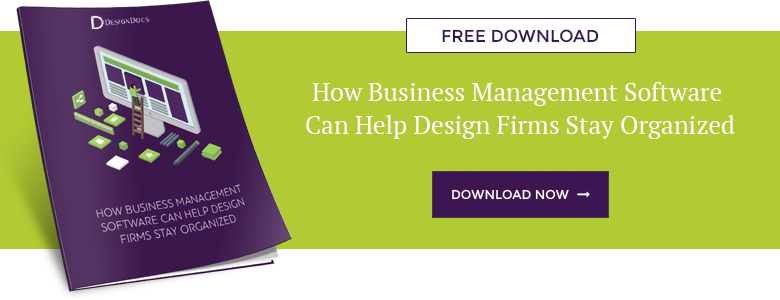As the saying goes, time is money, and nowhere is that more true than in the interior design business. After all, most interior designers bill by the hour! Increasing your productivity can therefore help your business's bottom line. Here are 5 ways you can be more productive as an interior designer.
5. Hire a Bookkeeper
Accounting is one of those tedious, yet vital, functions of any business. But if it's not your forte, accounting can seriously eat into your time and your productivity. The longer you spend wrestling with invoices or totaling expenses on a client's project, the less time you have to do the actual work you need to get done. That's why interior designers of all stripes should consider hiring a bookkeeper. Whether you hire someone full-time or engage someone part-time or on contract, a bookkeeper will save you time—and money. That means you can get back to your clients' projects sooner.
4. Be Organized
This one might seem obvious, but being organized is an important aspect of time-management. Often, it means doing the little things, like meticulously logging expenses or your hours on a project on a regular basis. It can also mean bigger things, like using purchase orders to speed supplier invoices through accounting. And it can also mean invoicing your clients on a regular basis so that nobody is surprised by budget overruns.
3. Automate, Delegate, and Offload
Is there a tedious task, like generating client invoices, that takes up an inordinate amount of your time? Look for ways you can improve your processes and free up time by automating, delegating, and offloading time-consuming tasks. While you should always engage in a cost-benefit analysis to determine if a time-consuming task is one you need to complete yourself, there are likely plenty of minor tasks that you can take off your desk. Delegating involves assigning tasks to another person—such as an assistant or a bookkeeper. Some interior designers may not have that option, so they might need to offload tasks to a supplier, another contractor (such as an architect), or even the client in some cases. Finally, some tasks—like generating invoices and cost reports—can be automated.
2. Use Business Management Software
One way you can automate, organize, schedule, and streamline your processes is to use business management software designed specifically for interior designers. Rather than using generic software like QuickBooks, you can make your accounting a breeze by using a specialized solution for your firm. You can automate tasks like generating reports and invoices. Even some inputs—such as discounts and mark-ups—can be automated by these programs. Software can also help tie costs to projects, which means you can see potential issues like budget-overruns or supplier errors more quickly and easily. Business management software can also help you see where you can improve your processes—which can streamline how you spend your time.
1. Schedule
It can be easy to get sucked into a project and lose track of time, or to spend too much time on a task that should take five minutes or less. Carefully schedule and budget your time to avoid these pitfalls, which can hurt your productivity. Knowing what's next on your itinerary, as well as how long you have to spend on it, can help you move seamlessly from one task to the next, and also help you avoid multitasking—which can actually drive down your productivity. Finally, categorize tasks by how long they should take and always start with those that will take very little time. When they're done and over with, you can then turn your attention to the tasks that are likely to gobble up more time than you anticipate.




